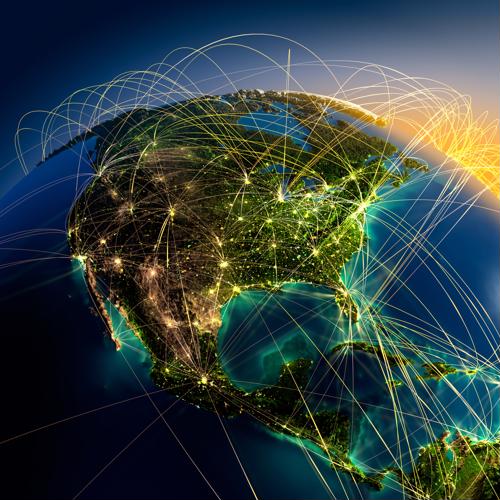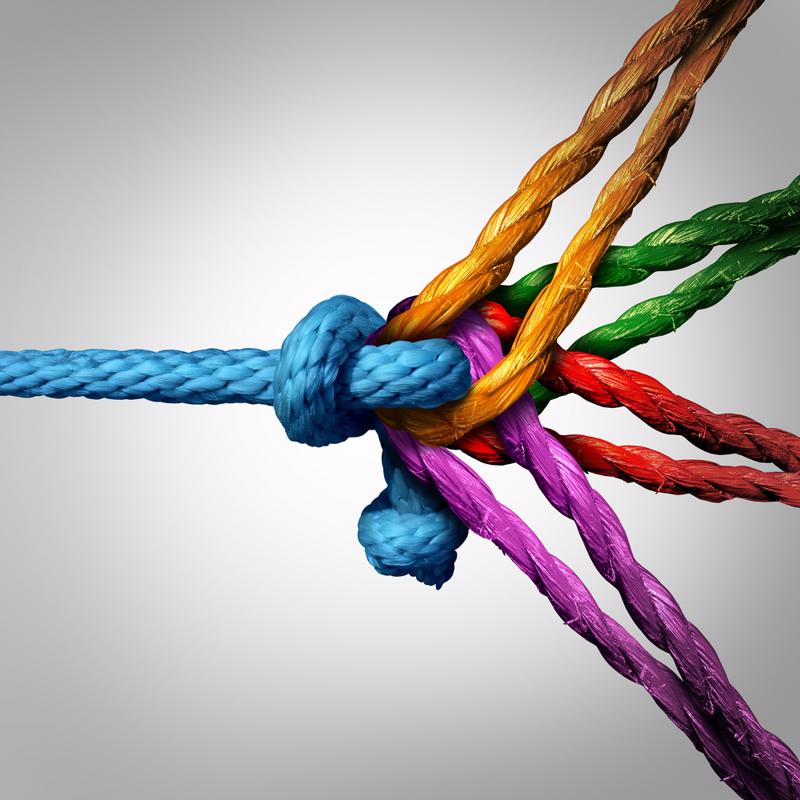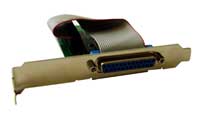
Nokia and the potential of sensing as a service
By Max BurkhalterFebruary 23, 2018
Despite growing tremendously in the late 2000s and early 2010s, the smartphone market appears to have plateaued. The mass tech innovations that spurred consumers to continually upgrade their products every year have stopped, replaced instead by modular advancement. Additionally, most every available customer has already purchased a smartphone, so new sales are rarer. Statista data confirms that the smartphone market is only expected to see minor growth in the coming years, barring another technical upset.
However, this does not mean that telecommunications providers cannot find new avenues for growth. Hardware creator Nokia recently unveiled plans to introduce sensing as a service, gathering intelligent analytics on environmental data that providers can then sell - essentially creating a new avenue for monetization. This platform will run with blockchain support and serves for a continuation of new IoT-enabled telecommunications services.
Understanding blockchain
Created by a person or unknown group known only as Satoshi Nakamoto in 2008, blockchain is essentially a digital data ledger used for tracking information dispersion throughout the web. It is the technology behind Bitcoin, and what allowed the online currency to gain acclaim and success.
According to Block Geeks, blockchain is an innately secure program with no single point of failure. Added to that, the system is designed to not be controlled or abused by one entity, person or company. The source likened it to a series of spreadsheets, one that has been duplicated thousands of times across multiple devices. However, every time something is changed in one spreadsheet, it is changed in all. This is what prevented the double spending problem with Bitcoin, but it can be used in other data applications.
Sensing as a service
Nokia's S2aaS platform will provide data and intelligent analytics in real time. To speed up rollout, the company says that telecommunications operators can upgrade existing base stations. Nokia will install the sensors, which will work with current equipment, turning everything into an IoT-enabled monitoring platform.
With this service in place, minute changes will be detectable from centralized locations. For instance, S2aaS can notice a change in air quality, pointing to illegal trash burning, construction or other activity. Blockchain enters the equation when it comes time for billing. Nokia's solution will use the software for secure, private micro-transactions. Essentially this gives operators the ability to sell the data to whoever wants it, within established legal boundaries.

"Cities will be augmented with external data, helpful in validating results or discovering inaccuracies."
IoT for Smart Cities
The main client that Nokia appears to be appealing to is cities.
"Cities need to become digital in order to efficiently deliver services to their habitants. Smart infrastructure, which is shared, secure, and scalable, is needed to ensure urban assets and data are efficiently used." Said Asad Rizvi, head of Global Services business development at Nokia. "We can help cities with that. In addition, we can help operators generate new revenue utilizing their existing network by providing solutions for smart city players, such as city, transport, travel and public safety authorities."
City management is already being improved by other technology solutions, such as IBM software, which includes Intelligent Operations Center and i2 Intelligence Analysis Platform. Since today's cities are so massive and population-heavy, the municipal government running them needs to process data in the most efficient way possible.
However, with cyberattacks on the rise, security matters. While Nokia's solution only utilizes blockchain for the billing, the move suggests that confidentiality was considered during the design process.
This advancement will also allow city centers and urban companies to easily consult with external data, helpful in validating in-house results or discovering inaccuracies.
Further potential
Everything in Nokia's announcement points to monetizing the data that telecom operators already have. When smartphones debuted, they augmented the industry with a surplus of additional information outside of calling habits. S2aaS is merely the continuation of a trend, building off of developing successes like telco-data-as-a-service.
TDaaS provides marketers with consumer location data, letting retail stores know exactly where the most foot traffic is and how to maximize it. A report from 451 Research expects that this service will be a nearly $80 billion dollar industry by 2020. It is unknown how much S2aaS will augment this amount.
In order to fully take advantage of these new revenue streams, telecommunications operators must first upgrade their existing network infrastructure to be strong, constant and secure. Dropped signal strength can lead to gaps in the data or inaccurate reports, greatly reducing the value of these expanded revenue streams. Perle has the experts and the hardware to help install powerful new network extenders and converters. Contact us today to find out how we can help support your desire to transform telecommunications revenue to take full advantage of these new services.



